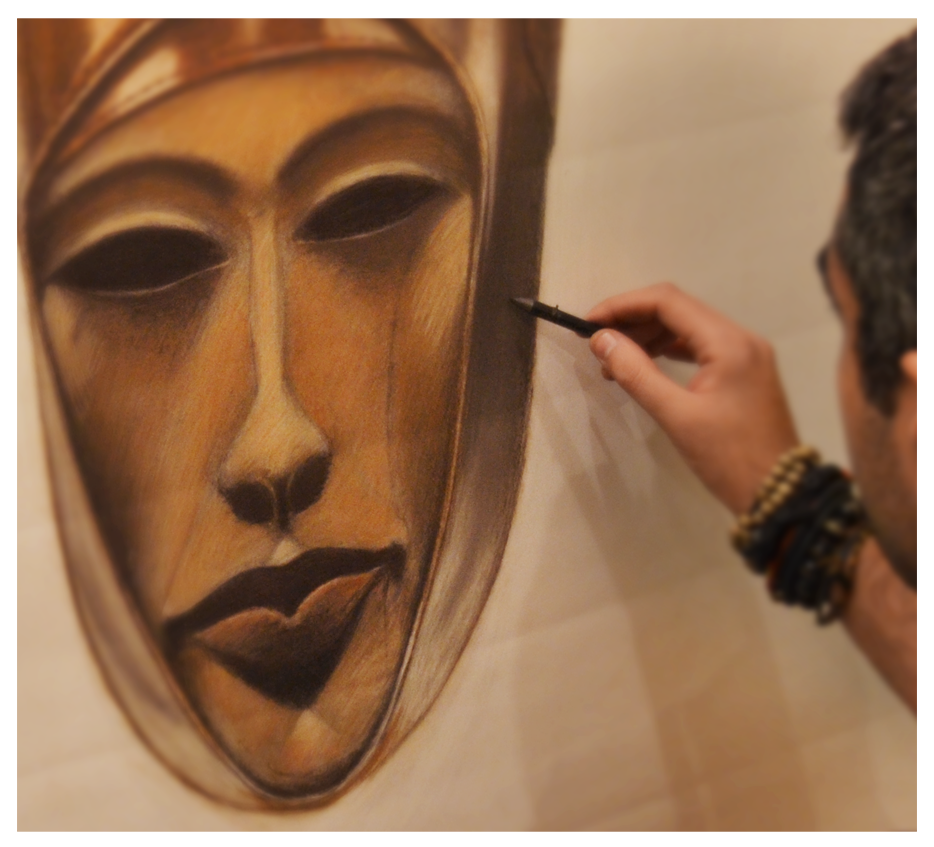
Nefertiti, Sekhemka, The Ancient Egyptian Writer, Isis, Osiris, and all other old Pharaonic Egyptian sculptures, have been stolen and sold with a very low price with or without buyers’ documents. The stolen Egyptian sculptures were shipped outside Egypt to decorate European museums and rich people’s houses. Thousands and thousands of antiques that present the history of Pharaonic Egypt were smuggled outside of Egypt. Till now, the Egyptian government failed to return them back.
Before 1835, it was a customary that half the discovered tomb’s treasures goes to the discoverer. However, such a mutual agreement was canceled by a new law, which helped the Egyptian Antiquities Authority to legally ship the treasure outside. Except, mafia antiques is very active in Luxor, as they spread the local streets, carrying stolen sculptures in their pockets, looking for an interested buyer. These mafias are nothing but thieves who are constantly searching and digging for the hidden treasures of rich ancient art. Usually, they sell the antiques to cover their daily expenses while living a hard, unbearable life.
Before 1835, it was a customary that half the discovered tomb’s treasures goes to the discoverer. However, such a mutual agreement was canceled by a new law, which helped the Egyptian Antiquities Authority to legally ship the treasure outside. Except, mafia antiques is very active in Luxor, as they spread the local streets, carrying stolen sculptures in their pockets, looking for an interested buyer. These mafias are nothing but thieves who are constantly searching and digging for the hidden treasures of rich ancient art. Usually, they sell the antiques to cover their daily expenses while living a hard, unbearable life.
During the Arab Spring revolutions some of the artifacts had been stolen from the Egyptian Museum and some archaeological sites in the absence of security, in that period, which agitated the global public opinion, again.
In my project, I’m trying to explain the relation between the Egyptian painful reality and the past, how our ancient history was sold and smuggled in a plastic bag and a piece of paper or other means, and hand delivered to the outside world; how the gap between a civilization that consumes and the one that produce, yet we are all the same people.
I’m trying to imagine the disregard of our history and the people who sold it. This makes you rethink the value of what we have lost as Egyptians and that fact that it was already too late to realize the naked, painful truth.
The Project Showed Between Lucern, Switzerland and NYC, USA.


The Real Photo for Amarna_princess_1350_BC_c Head of the statue of a princess, one of the six daughters of Akhenaten and Nefertiti, New Kingdom of Ancient Egypt, 18th Dynasty, ca. 1350 BC (Staatliche Sammlung für Ägyptische Kunst in Munich).
Author : Manfred Werner
Kheir Zamam (Goods of the Past) is popular grocery stores in Egypt.


In the drawing, a statue of one of the six daughters of Akhenaten and Nefertiti is shown in a plastic bag with a label from the Kheir Zamam (Goods of the Past) grocery store.
Material : Drawing Pencil & Pastel on Paper, Size 250 x 130 CM


Ancient Egyptian funerary mask, incrusted wood, about 1400-1300 BC, end of 18th dynasty, Louver Museum, Paris, France.
Author : Janmad


Material : Drawing Pencil & Pastel on Paper, Size 250 x 130 CM


Fragment of a monumental statue of Amenophis IV-Akhenaton, Louver Museum, Paris, France.


Material : Drawing Pencil & Pastel on Paper, Size 250 x 130 CM


Head of a Cow ( Hathour ) From the tomb of Amenhotep II, this wooden sculpture is evidence of the importance of cattle to the ancient Egyptians, The animals served as beasts of burden and food sources and even lent their features to several gods.

Material : Drawing Pencil & Pastel on Paper, Size 250 x 130 CM


Egyptian - Model of a Male Face, Walters Art Museum, USA

Material : Drawing Pencil & Pastel on Paper, Size 130 x 130 CM



